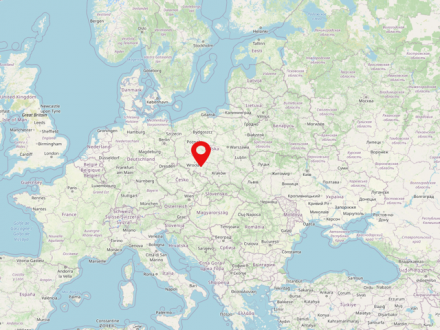Silesia (Polish: Śląsk, Czech: Slezsko) is a historical landscape, which today is mainly located in the extreme southwest of Poland, but in parts also on the territory of Germany and the Czech Republic. By far the most significant river is the Oder. To the south, Silesia is bordered mainly by the Sudeten and Beskid mountain ranges. Today, almost 8 million people live in Silesia. The largest cities in the region are Wrocław, Opole and Katowice. Before 1945, most of the region was part of Prussia for two hundred years, and before the Silesian Wars (from 1740) it was part of the Habsburg Empire for almost as many years. Silesia is classified into Upper and Lower Silesia.
The project also includes full text recognition of all the material (except for handwritten documents), as well as formal and subject indexing and structural data acquisition. The digitized material will be backed up by both project partners and made available online in full via their respective digital libraries. The digitized material will also be made available through the German Digital Library and the Polish Digital Libraries.








